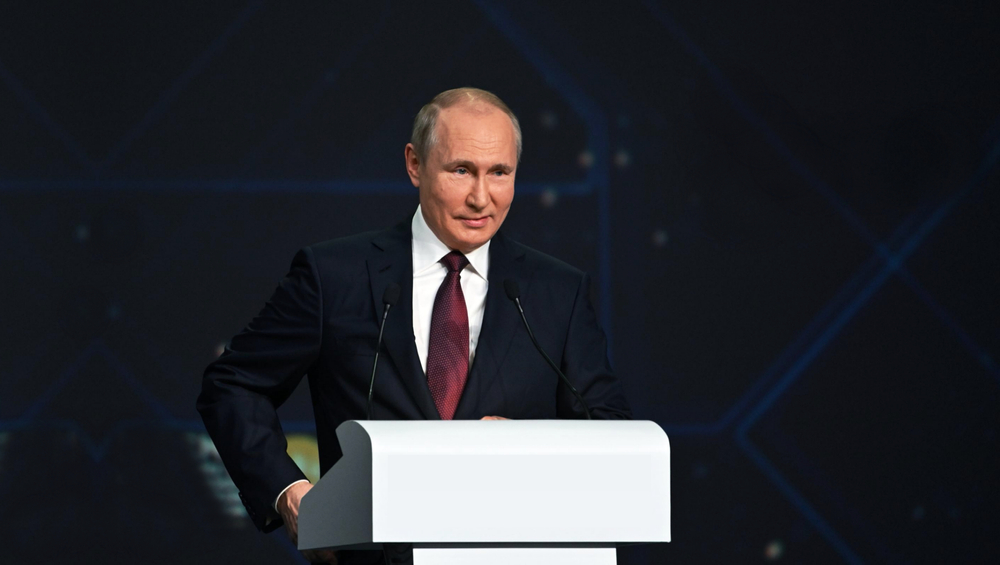Despite round after round of sanctions, Russia has now joined the ranks of high-income countries of the World Bank classification.
The World Bank updates the income classification of the world’s economies on July 1 each year. The financial institution divides countries into four groups: low, lower-middle, upper-middle and high income. The calculation is based on gross national income per capita, or GNI.
This year’s report shows economic growth in Russia has jumped higher, which has moved from upper-middle to high income, according to World Bank data, after reaching a GNI level of $14,250, with the war economy dragging Russia upwards.
In Russia, which has switched to a war economy, the military sector and soaring trade has boosted the economy despite sanctions. According to the World Bank analysis, trade expanded by 6.8 percent, the financial sector by 8.7 percent and construction by 6.6 percent. As a result of these components, real GDP grew by 3.6 percent, nominal GDP by 10.9 percent and gross national income per capita by 11.2 percent.
Ukraine has also moved up the list, from lower-middle to upper-middle income status, after having been able to pull its economy out of the doldrums last year thanks to Western aid. Its real GDP grew by 5.3 percent, although it had fallen 28.8 percent the year before. GNI grew by 18.5 percent, and the construction industry, thanks to wartime reconstruction, grew by 24.6 percent.
However, the World Bank also pointed to a tragic statistic: Ukraine’s GNI growth is closely linked to the continuing decline in population, which has hit 15 percent since the outbreak of the war due to the large number of refugees and wartime casualties.






